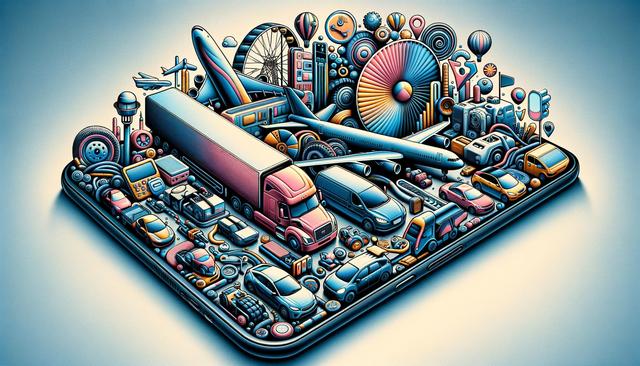What Is Mobility and Why It Matters
Mobility refers to the ability of people and goods to move freely and efficiently from one place to another. This concept spans various domains including physical movement, transportation systems, digital mobility, and social mobility. In our daily lives, mobility affects how easily we can access jobs, education, healthcare, and social opportunities. It also touches on issues like urban planning, public infrastructure, and environmental impact. In short, mobility is not just about getting from point A to point B—it’s about enabling access and improving quality of life.
From a societal perspective, mobility is crucial for economic development and social inclusion. Communities with strong mobility systems tend to have more dynamic economies, lower unemployment, and better access to services. On the personal level, increased mobility can lead to greater independence and flexibility in how individuals manage their lives. Whether it’s commuting by bicycle, using public transit, or accessing services online, mobility shapes our options and opportunities.
Types of Mobility: A Broader View
There are several forms of mobility that influence different aspects of life. Understanding these types helps clarify how they interact and support one another:
- Physical Mobility: Includes walking, biking, driving, and using public transportation.
- Digital Mobility: Refers to the ability to work, study, or access services online from various locations.
- Social Mobility: Describes a person’s ability to move between social or economic classes.
- Geographic Mobility: The capacity to relocate or travel for work, education, or personal reasons.
Each type of mobility plays a role in shaping opportunities and outcomes. For example, digital mobility has become increasingly important in a world where remote work and online learning are common. Meanwhile, physical infrastructure still determines how easily we can get around our neighborhoods or cities. Striking a balance between these forms is essential for creating inclusive and resilient communities.
Mobility and Urban Planning
Urban environments are deeply influenced by how mobility is planned and managed. Cities that prioritize pedestrian pathways, cycling lanes, and efficient public transit tend to be more livable and environmentally sustainable. Good urban planning takes into account not just traffic flow, but also accessibility for people with disabilities, affordability of transit options, and the environmental impact of transportation systems.
Some key strategies to improve urban mobility include:
- Expanding and modernizing public transportation networks
- Creating mixed-use developments to reduce commuting needs
- Implementing smart traffic management systems
- Encouraging walking and cycling through better infrastructure
When urban planning integrates these elements effectively, it leads to reduced congestion, lower emissions, and healthier populations. It also supports economic growth by making it easier for people to access jobs and services.
Mobility Challenges and Barriers
Despite its importance, mobility is not equally accessible to all. Various barriers—economic, social, physical, and technological—can limit a person’s mobility. For instance, people in rural areas may lack public transportation options, while individuals with disabilities may face inadequate infrastructure in urban environments. Digital divides can prevent people from accessing remote work or online services, further widening gaps in opportunity.
Common mobility challenges include:
- Inadequate or outdated public transportation
- High costs of personal or shared transport
- Lack of accessible infrastructure for people with disabilities
- Insufficient digital connectivity in remote or low-income areas
Addressing these challenges requires coordinated efforts across sectors, including government, technology providers, urban planners, and community organizations. Policy interventions, inclusive design, and investment in infrastructure are all crucial to overcoming these barriers.
The Future of Mobility
The concept of mobility is rapidly evolving with technological advancements and changing societal needs. Innovations such as electric vehicles, ride-sharing platforms, autonomous transportation, and smart city technologies are reshaping how we think about movement. These changes have the potential to make mobility more efficient, sustainable, and inclusive.
However, careful planning and regulation are needed to ensure that new mobility solutions serve the public good. For example, while ride-sharing can reduce the need for car ownership, it may also increase traffic congestion if not integrated with public transport. Similarly, autonomous vehicles could improve access for those unable to drive, but they also raise concerns about safety, employment, and data privacy.
Looking ahead, a successful mobility strategy will likely include:
- Investment in clean and renewable transportation technologies
- Policies that promote equity in access to mobility solutions
- Integration of different modes of transport for seamless travel
- Use of data and AI to optimize transportation systems
By embracing a forward-thinking and inclusive approach, societies can ensure that mobility continues to be a driver of opportunity and progress.




Leave a Reply